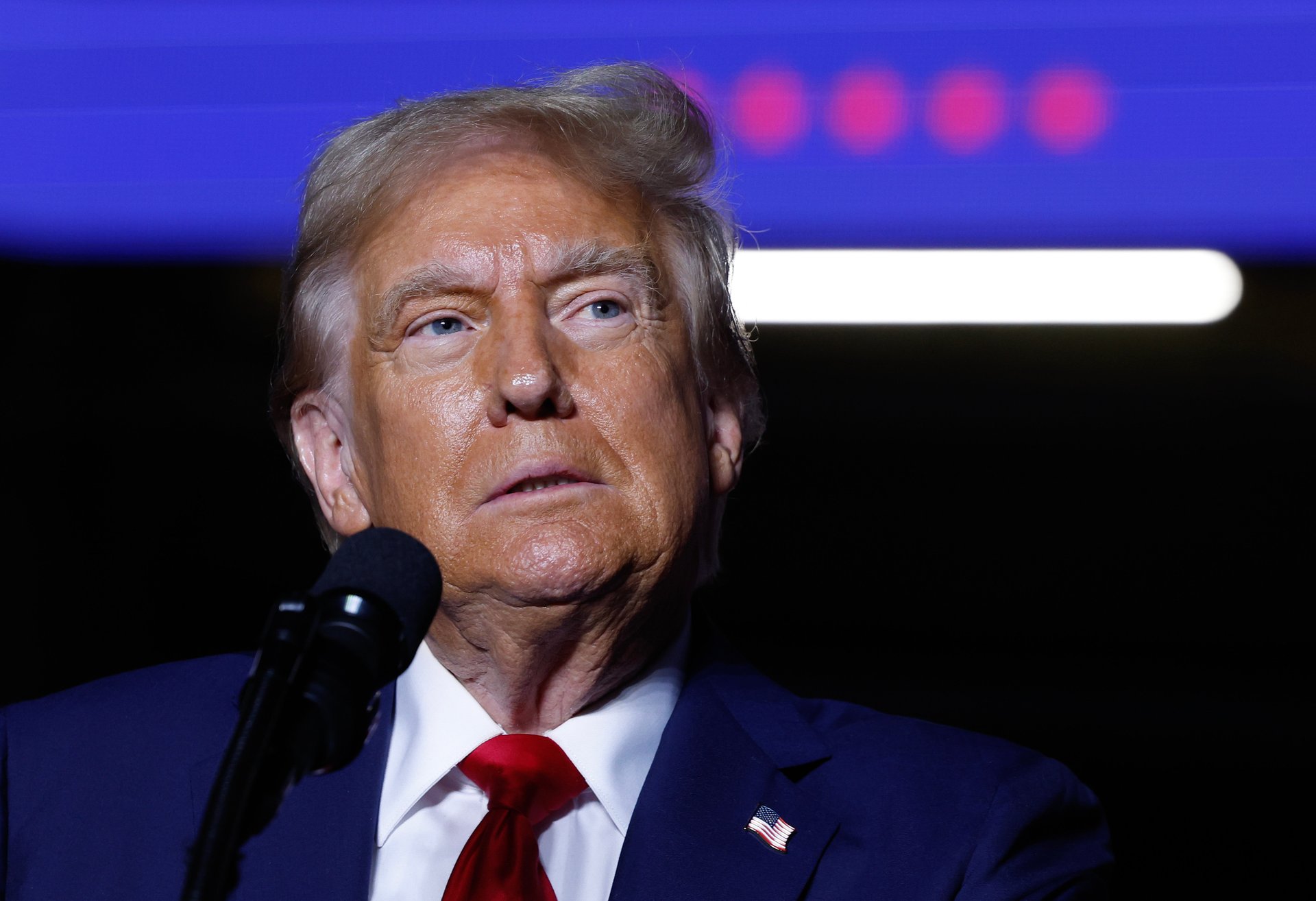Trump tariffs could slash American spending power by $78 billion
The coast of a toaster oven, athletic shoes, and even a mattress could skyrocket

Americans could face a staggering loss of $46 billion to $78 billion in spending power each year if new tariffs proposed by former President Donald Trump are enacted, according to a recent study by the National Retail Federation (NRF).
Suggested Reading
These proposals include a sweeping 1o% to 20% tariff on imports from all countries and a stunning 60% to 100% tariff specifically targeting China.
Related Content
“Retailers rely heavily on imported products to offer a variety of goods at affordable prices,” said Jonathan Gold, NRF’s vice president of supply chain and customs policy, in a statement. In reality, theses tariffs function as a tax paid by U.S. importers, which inevitably trickles down to consumers through higher prices, partly because the tariffs would be too large for retailers to absorb.
The implications could make buying everyday items more difficult. A $40 toaster oven could leap to $52, while a pair of $50 athletic shoes might jump to $64. Even big ticket purchases, like a $2,000 mattress set, would trigger sticker shock. The increases would hit low-income families the hardest, NRF says, further straining their budgets.
The proposed tariffs would drastically inflate consumer costs, pushing spending on apparel up by $13.9 billion to $24 billion. Companies such as Levi’s, Nike (NKE), and Patagonia, which source a portion of their products from countries like Mexico, may have no choice but to pass those costs onto consumers.
Toys could jump up by $8.8 billion to $14.2 billion, and other categories, such as furniture, household appliances, footwear, and travel goods would all also face higher prices.
With average tariff rates potentially exceeding 50% under these scenarios, the impact on everyday American shoppers could be profound. While some U.S. manufacturers may stand to gain, the impact on consumer wallets would be “detrimental,” the NRF said.